Great Sandy Desert
Monday, 21st June 2010 by Ian Brown
The Great Sandy Desert covers an area of 360,000 square km of north western Australia, making it the country's second largest desert.
Uluru (Ayers Rock) is located in the far south-eastern area of the desert. We visited almost exactly 5 years ago, but the imagery has improved considerably since then, so it's worth another look. There's even a distant glimpse from the Lasseter Highway courtesy of Street View.
Another well known feature of this desert is Kandimalal - the Wolfe Creek meteorite impact crater, which was discovered in 1947 by aerial surveyors1. Measuring 60m deep and almost 900m across, the crater is believed to date back fewer than 300,000 years.
There are significant uranium deposits in the region, as well as minerals such as copper and gold – which are mined at a large facility near the isolated community of Telfer.
The arid desert conditions have led to the formation of several salt lakes, including Dora and Mackay.
Nearer the coast, Mandora Salt Marshes are a mix of salt lakes and freshwater springs, where conditions can vary throughout the year. Heavy cyclone monsoon rains even occasionally affect the region, though such rainfall evaporates very quickly - continuing the aridity.
Different zoom levels - presumably images taken at different times - show the variety of conditions here.
The occasional rainfall on the red earth does support shrubs and small trees in some areas of the desert, as we can see in Street View images of the roads that skirt the very edges of the desert.
The Great Sandy Desert is well known for its formations of ergs - long linear sand dunes formed by the prevailing winds which can be seen in many areas.
Turning on the new Street View photo overlay reveals some interesting things in the desert - including this airstrip which appears to be in the middle of nowhere, with no nearby towns or dwellings.
One of the lines2 in this image could well be part of the rabbit proof fence - the world's longest fence, and one of several pest-exclusion fences that segment Australia.
Previously on Google Sightseeing: The Dingo Fence.
Thanks to Thomas James and Dark Orange.
-
And discovered by horror film makers in 2005. ↩︎
-
The darker line is the natural gas pipeline to Telfer which is used by its own power station, the mine and town being unconnected to the national grid. ↩︎
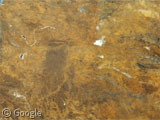
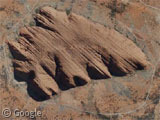
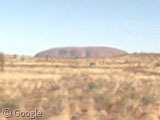
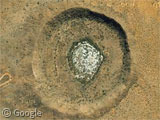
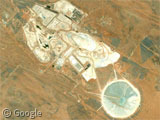
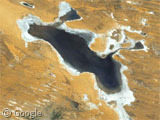
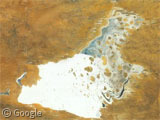
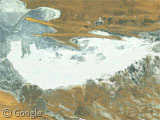
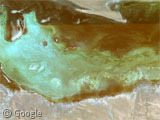
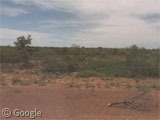
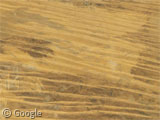
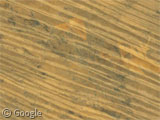
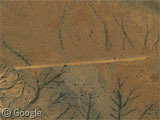
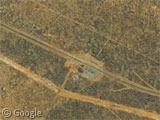
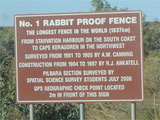
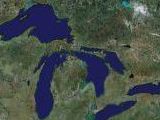
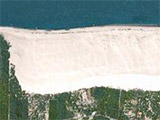
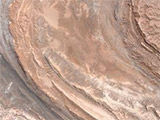
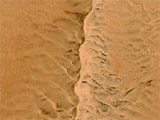
Sharing statistics
Share this site